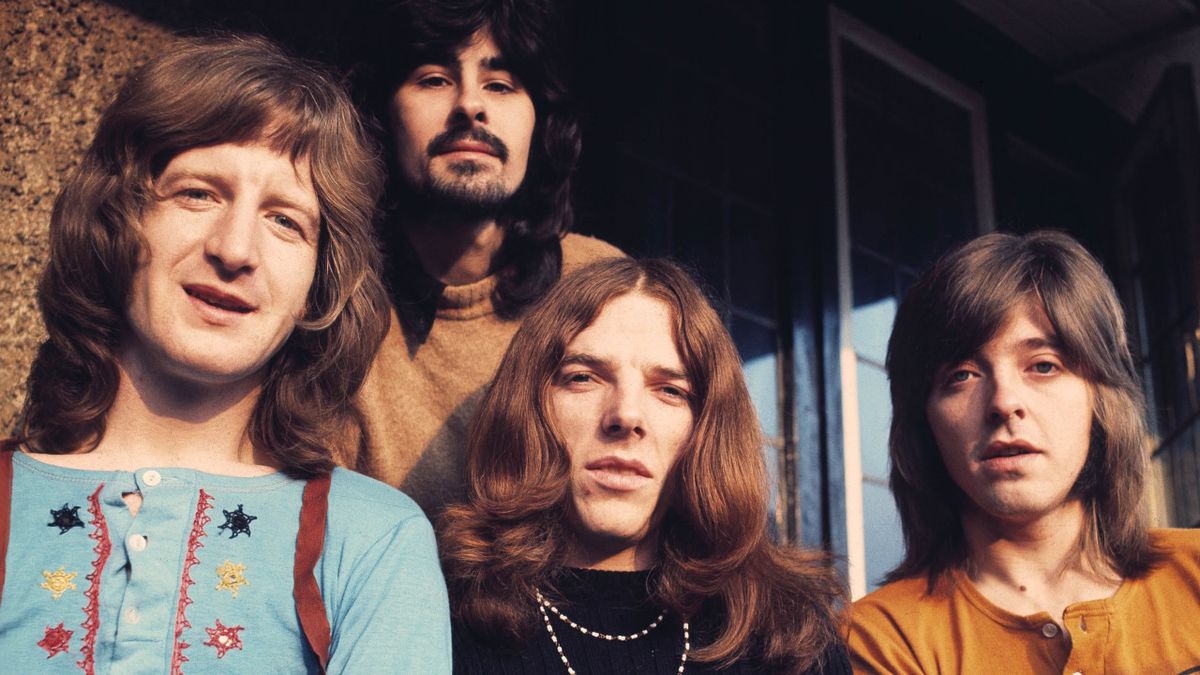

A friend or acquaintance of Dylan's from his days in New York City's Greenwich Village, Blue is pictured on the cover of Dylan and the Band's The Basement Tapes album wearing a trench coat. Another possibility is a singer-songwriter named David Blue. Dylan and Baez were still in a relationship and were planning to tour together, but Dylan may have already been planning to leave the relationship. One person who has been regarded as the subject of the song is folk singer Joan Baez. Although Dylan himself has remained mute on the subject, Dylan scholars believe that it is probably an amalgam of personalities within Dylan's social orbit. Much speculation has surrounded who or what the "Baby Blue" to whom Dylan is singing farewell is. "It's All Over Now, Baby Blue" concludes Bringing It All Back Home in consistent fashion. Of course, I was singing about a different Baby Blue." Identity of "Baby Blue" ĭylan's two previous albums, The Times They Are A-Changin' and Another Side of Bob Dylan both ended with a farewell song, " Restless Farewell" and " It Ain't Me, Babe" respectively.

'When first I met my baby/she said how do you do/she looked into my eyes and said/my name is Baby Blue.' It was one of the songs I used to sing back in high school. It had always been one of my favorites, Baby Blue. The song was described by Q magazine as, "The most toxic of strummed kiss-offs, with not a snowball's chance in hell of reconciliation." Dylan, later describing the song, said that "I had carried that song around in my head for a long time and I remember that when I was writing it, I'd remembered a Gene Vincent song. Lines such as "take what you have gathered from coincidence" reflect the I Ching philosophy that coincidence represents more than mere chance. Tambourine Man", the lyrics of "It's All Over Now, Baby Blue" bear the strong influence of Symbolist poets such as Arthur Rimbaud. Like other Dylan songs of the period, such as " Chimes of Freedom" and "Mr. īill Janovitz of AllMusic describes the music as beautiful, with folk guitar chord changes and a somber melody, while the chorus, with its line "and it's all over now, Baby Blue" has a heartbreaking quality to it. Author Clinton Heylin states that the song is another of Dylan's "'go out in the real world' songs, like " To Ramona", though less conciliatory – the tone is crueler and more demanding." As well as being the final track on Bringing It All Back Home, "It's All Over Now, Baby Blue" was also the final song to be recorded for the album.

The version of the song on the album is sparsely arranged with Dylan accompanying himself on acoustic guitar and harmonica, with William E. 7: No Direction Home) and a semi-electric version on January 14.

WHAT IS BABY BLUE SONG ABOUT SERIES
Dylan recorded a solo acoustic version on Janu(first released in 2005 on The Bootleg Series Vol. There were at least two studio recordings prior to the one that was released on the album. For "It's All Over Now, Baby Blue", however, Dylan wanted to record the song before he became too familiar with it. Dylan had been playing those other songs live for some time, allowing them to evolve before recording of the album commenced. Tambourine Man", " Gates of Eden" and " It's Alright Ma (I'm Only Bleeding)". The track was recorded on the same day Dylan recorded the other three songs on side 2 of the album: " Mr. The master take of the song was recorded on January 15, 1965, during the sessions for the Bringing It All Back Home album and was produced by Tom Wilson. The Byrds did release a 1969 recording of the song on their Ballad of Easy Rider album.īob Dylan's version Composition and recording īob Dylan most likely wrote "It's All Over Now, Baby Blue" in January 1965. Tambourine Man" and " All I Really Want to Do", but neither recording was released in that form. The Byrds recorded the song twice in 1965 as a possible follow up single to " Mr. Them's version, released in 1966 influenced garage bands during the mid-60s and Beck later sampled it for his 1996 single " Jack-Ass". "It's All Over Now, Baby Blue" has been covered many times by a variety of artists, mosty notably by Them, Baez and the Byrds. There has been much speculation about the real life identity of "Baby Blue", with possibilities including Joan Baez, David Blue, Paul Clayton, Dylan's folk music audience, and even Dylan himself. The lyrics were heavily influenced by Symbolist poetry and bid farewell to the titular "Baby Blue". Lee's bass guitar the only instrumentation. The song was recorded on January 15, 1965, with Dylan's acoustic guitar and harmonica and William E. " It's All Over Now, Baby Blue" is a song written and performed by Bob Dylan and featured on his Bringing It All Back Home album, released on March 22, 1965, by Columbia Records.


 0 kommentar(er)
0 kommentar(er)
